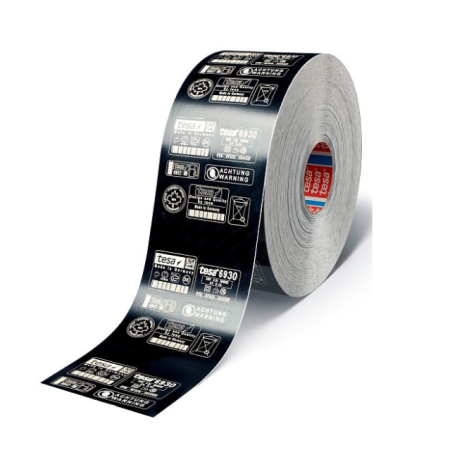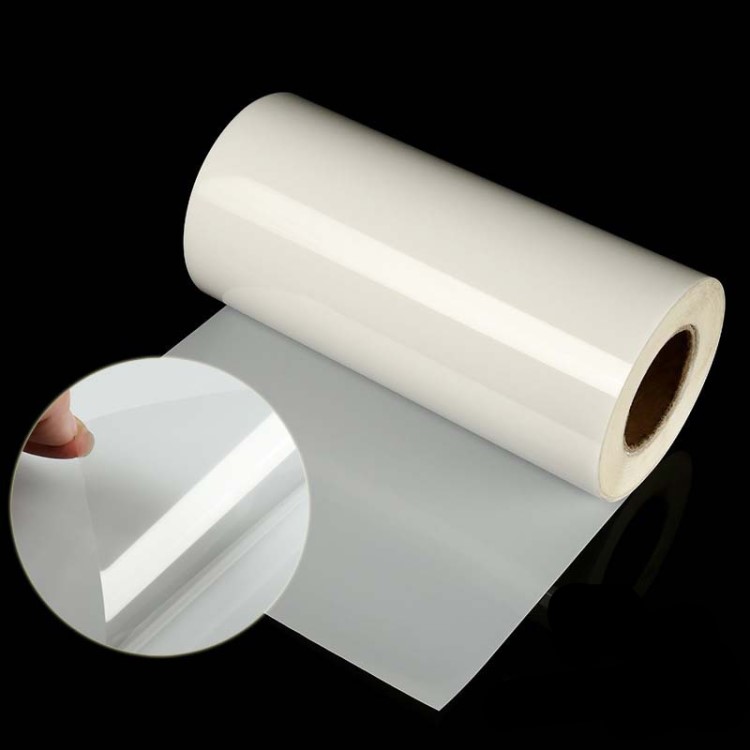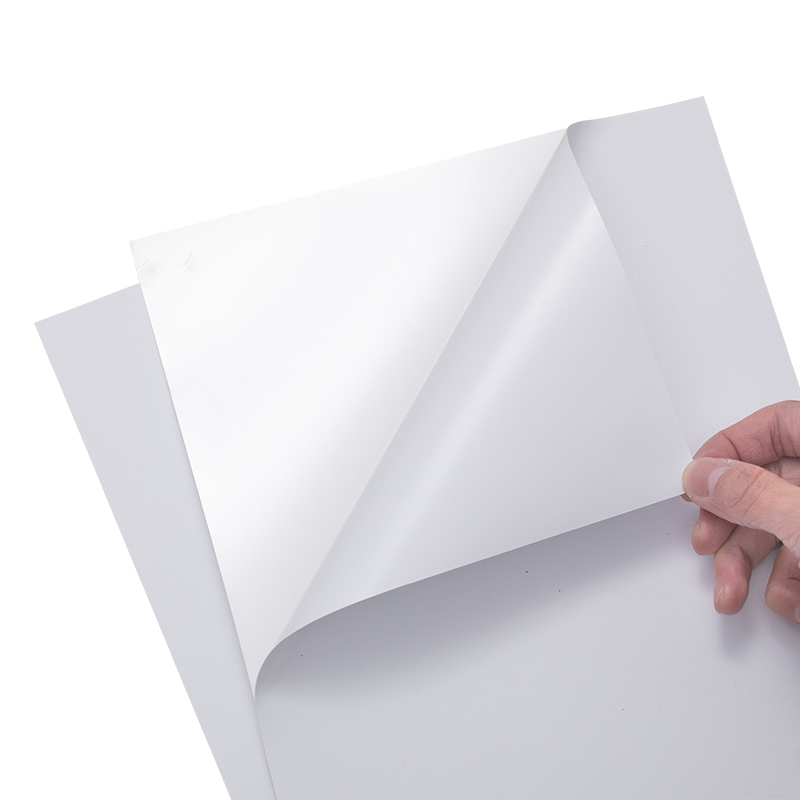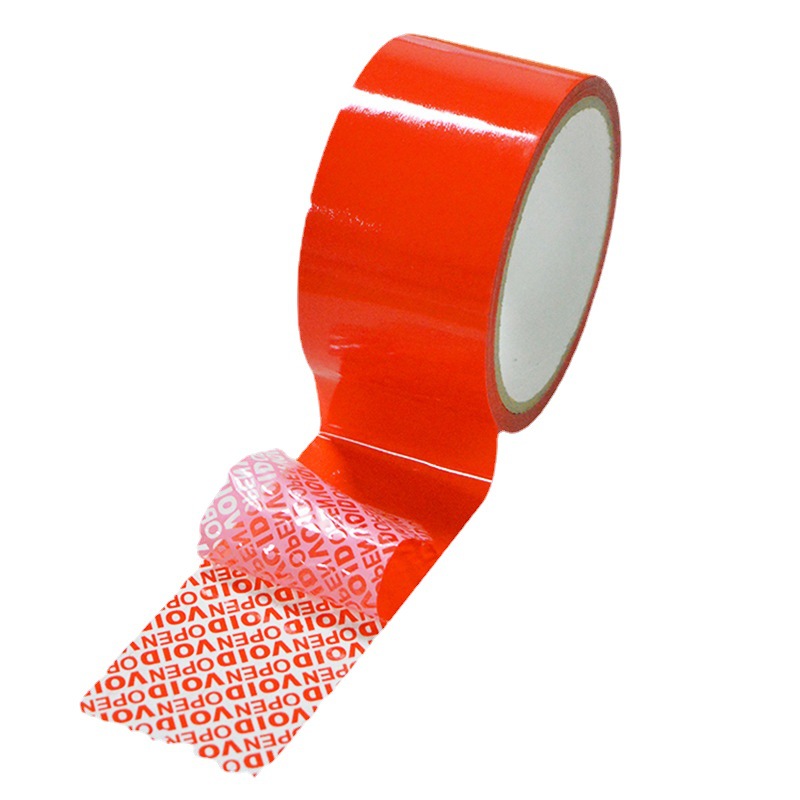Colorful Heat-Resistant Label Printing: Requirement for a Single Title
In the sticker label industry, the demand for high-quality, heat-resistant labels has been steadily increasing. As businesses strive to differentiate their products and enhance brand visibility, the need for durable and vibrant labels that can withstand extreme temperatures has become paramount. In this article, we will explore the specific requirements for creating colorful heat-resistant labels that meet the expectations of businesses and consumers alike.
Material Selection
The first step in producing heat-resistant labels is selecting the appropriate materials. The chosen materials must possess excellent heat resistance properties while also allowing for vibrant and long-lasting printing. One commonly used material is polyester, which offers exceptional durability and resistance to high temperatures. Polyester labels can withstand heat up to 300 degrees Fahrenheit without compromising the label's integrity or the printed design.
Another crucial consideration is the adhesive used in the label. Heat-resistant labels require adhesives that can withstand elevated temperatures without melting or losing their adhesive properties. Acrylic-based adhesives are often preferred for their ability to maintain a strong bond even under extreme heat conditions. These adhesives ensure that the labels remain securely affixed to the product, even in demanding environments.
Printing Techniques
To achieve vibrant and long-lasting colors on heat-resistant labels, specialized printing techniques are employed. One popular method is thermal transfer printing, which utilizes heat to transfer ink from a ribbon onto the label material. This technique ensures precise and high-quality printing, resulting in sharp and vibrant colors that resist fading, even when exposed to heat.
Another technique used is UV printing, which involves curing the ink using ultraviolet light. UV printing offers excellent color saturation and durability, making it an ideal choice for heat-resistant labels. The cured ink forms a protective layer that enhances the label's resistance to heat, moisture, and other environmental factors.
Testing and Certification
Before heat-resistant labels are released into the market, they undergo rigorous testing to ensure their performance under extreme conditions. These tests evaluate the labels' ability to withstand high temperatures, exposure to chemicals, and resistance to abrasion. Additionally, labels may need to comply with industry-specific regulations and certifications, such as UL certification, which guarantees their safety and reliability.
Applications and Benefits
Colorful heat-resistant labels find applications in various industries, including automotive, electronics, and industrial manufacturing. In the automotive sector, these labels are used on engine components, exhaust systems, and other parts that are subject to high temperatures. In electronics, heat-resistant labels are employed on circuit boards, power supplies, and appliances to ensure clear identification and safety information remains intact, even in extreme heat conditions.
The benefits of using heat-resistant labels extend beyond their durability. These labels offer businesses the opportunity to enhance their brand image through vibrant and eye-catching designs. They also provide crucial information to consumers, such as product specifications, safety warnings, and usage instructions. The ability of heat-resistant labels to withstand extreme temperatures ensures that this important information remains intact throughout the product's lifecycle.
Conclusion
Colorful heat-resistant labels are an essential component of many industries, providing durability, brand visibility, and crucial information to consumers. By selecting the right materials, employing specialized printing techniques, and ensuring compliance with testing and certification standards, manufacturers can produce labels that meet the demands of businesses and consumers alike. With their ability to withstand extreme temperatures while maintaining vibrant colors, heat-resistant labels are an invaluable asset in today's competitive marketplace.
We offer comprehensive technical support, including free professional labeling solutions, advice on label materials and adhesive selection, as well as online/offline assistance from professional software and hardware engineers. Service email: andy@ownlikes.cn. In pre-sales, we leverage our extensive experience in specialty labeling projects to provide clients with the most suitable hardware solutions. Additionally, all our label barcode printers and scanners come with a three-year free warranty, demonstrating our confidence in our products.






This site is protected by reCAPTCHA and the Google Privacy Policy and Terms of Service apply.